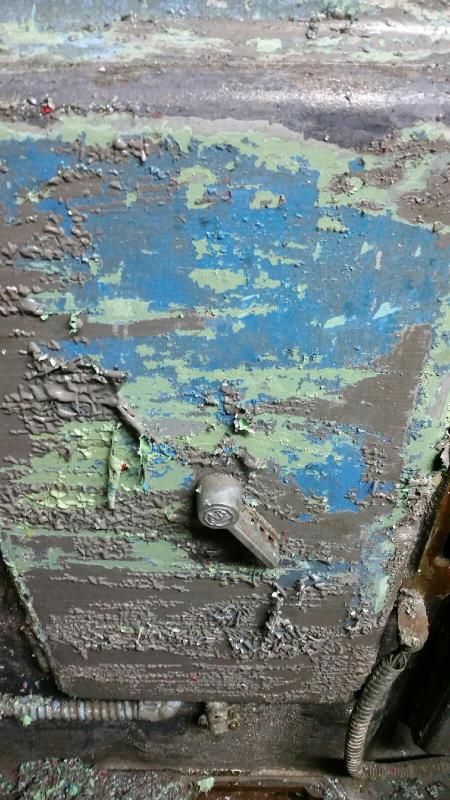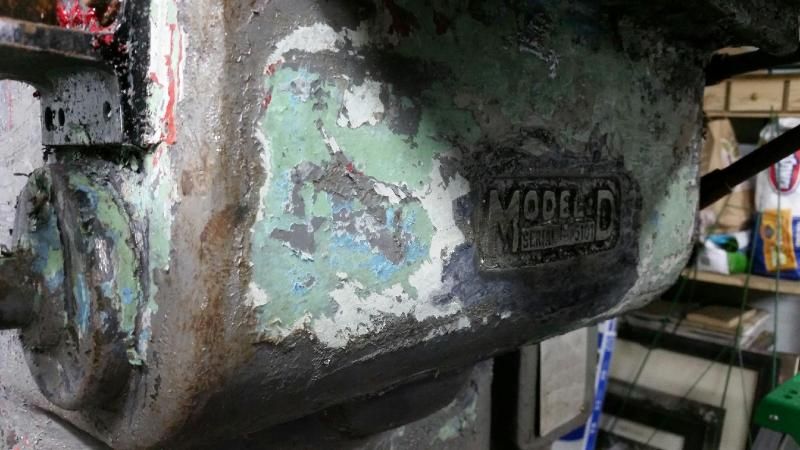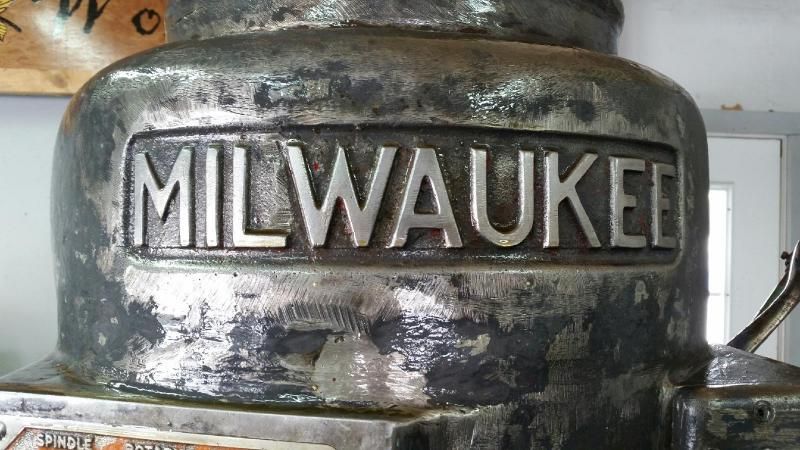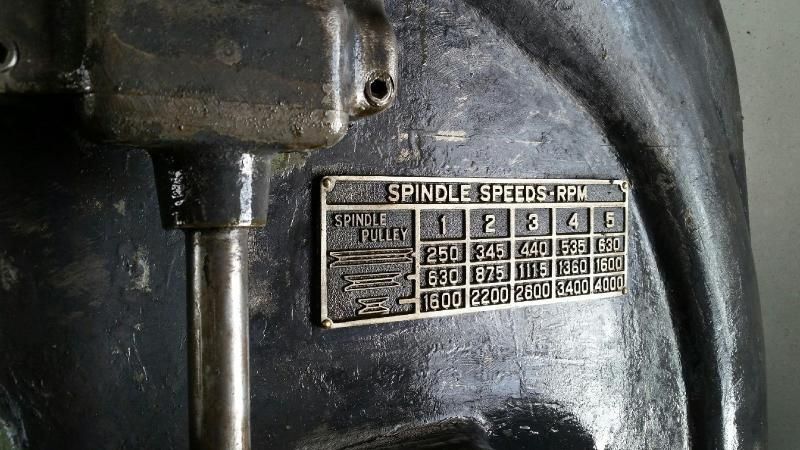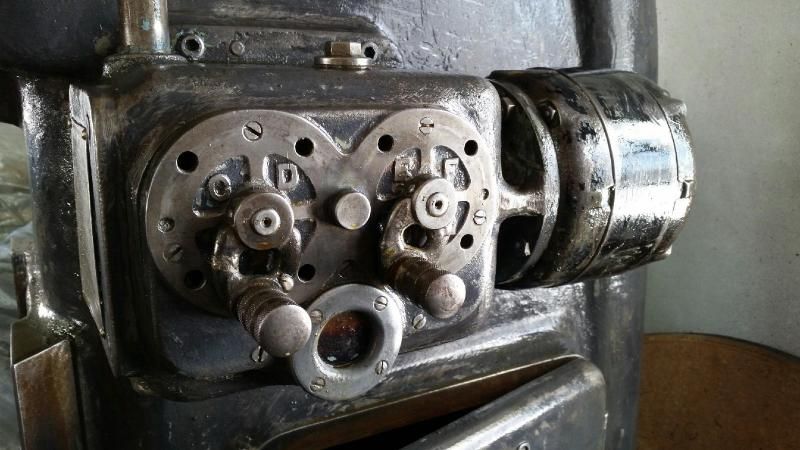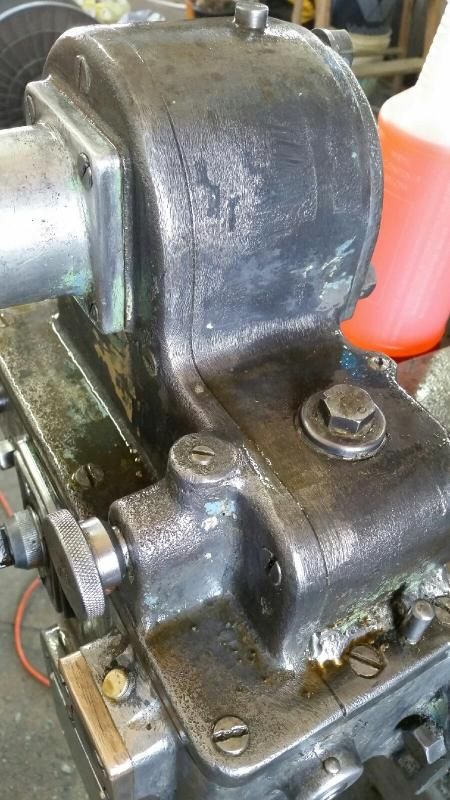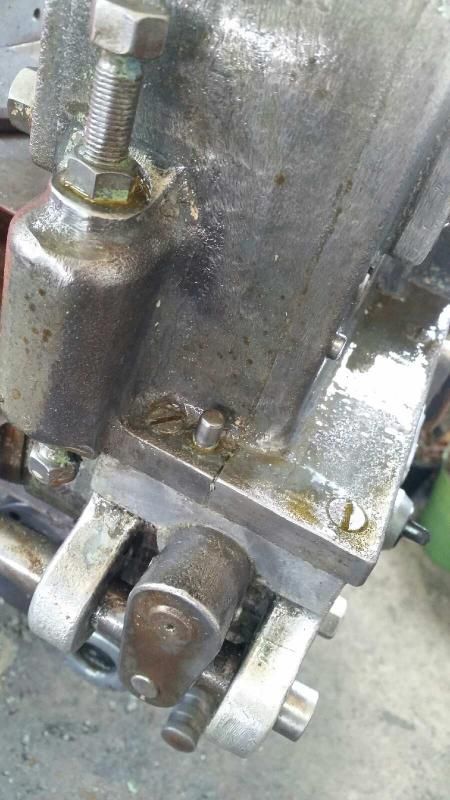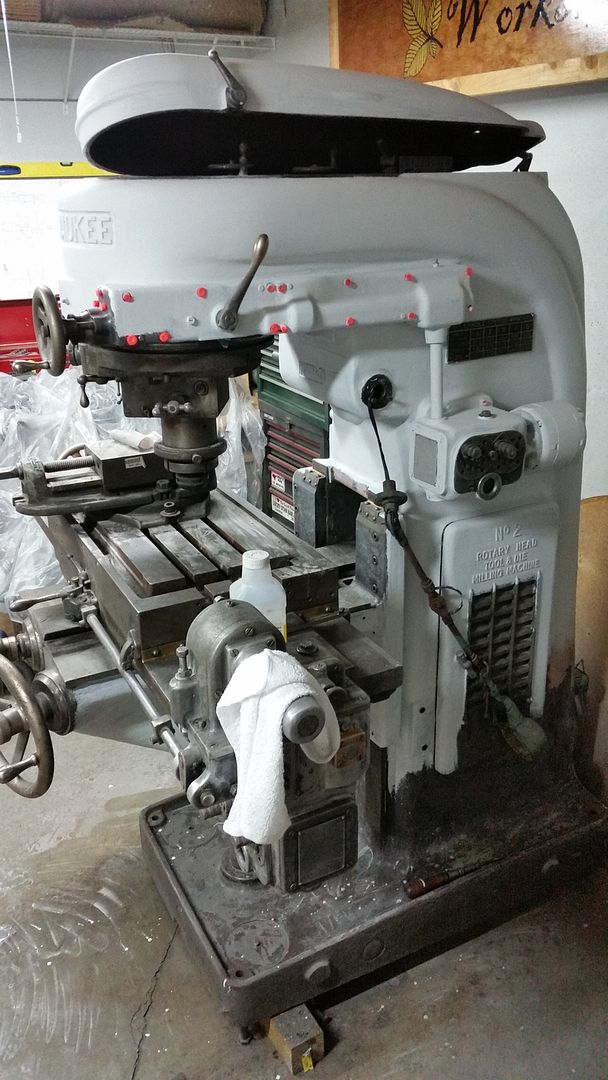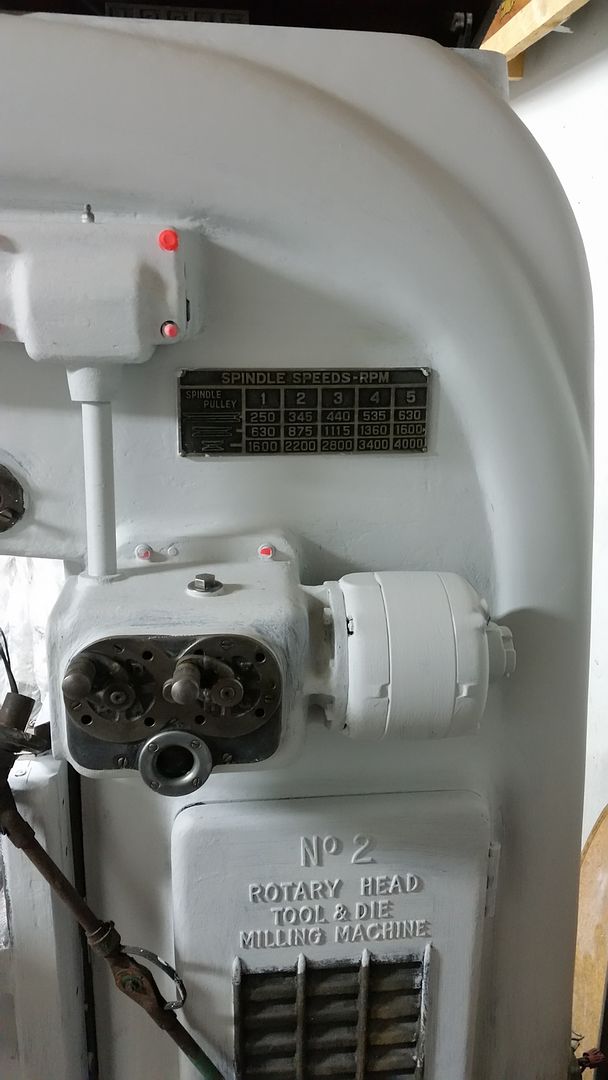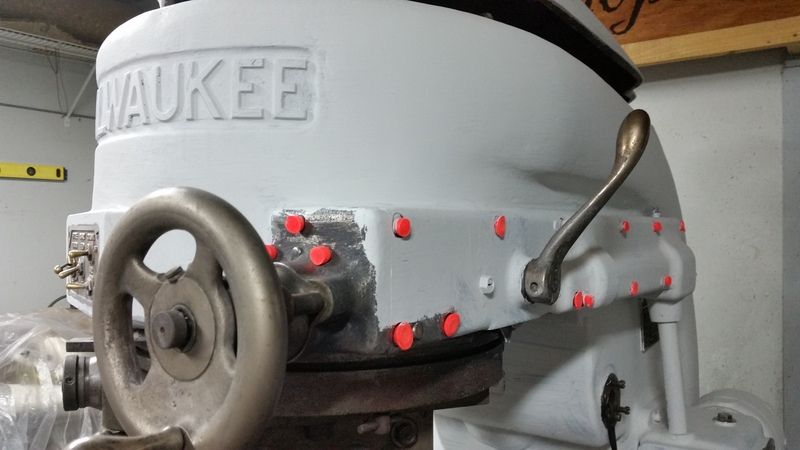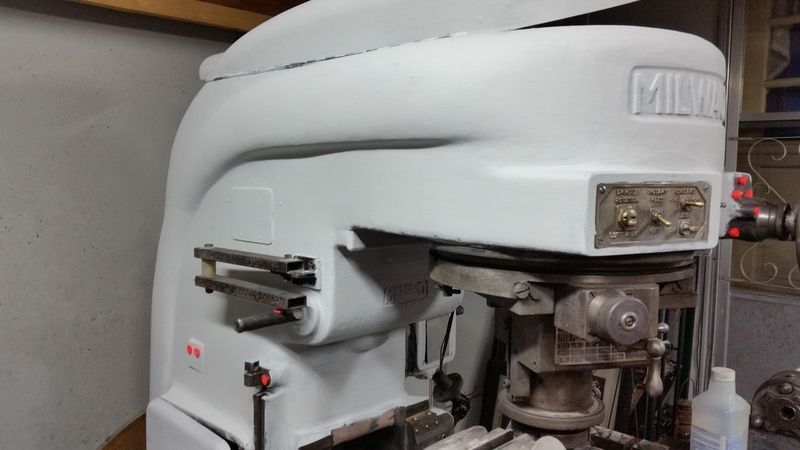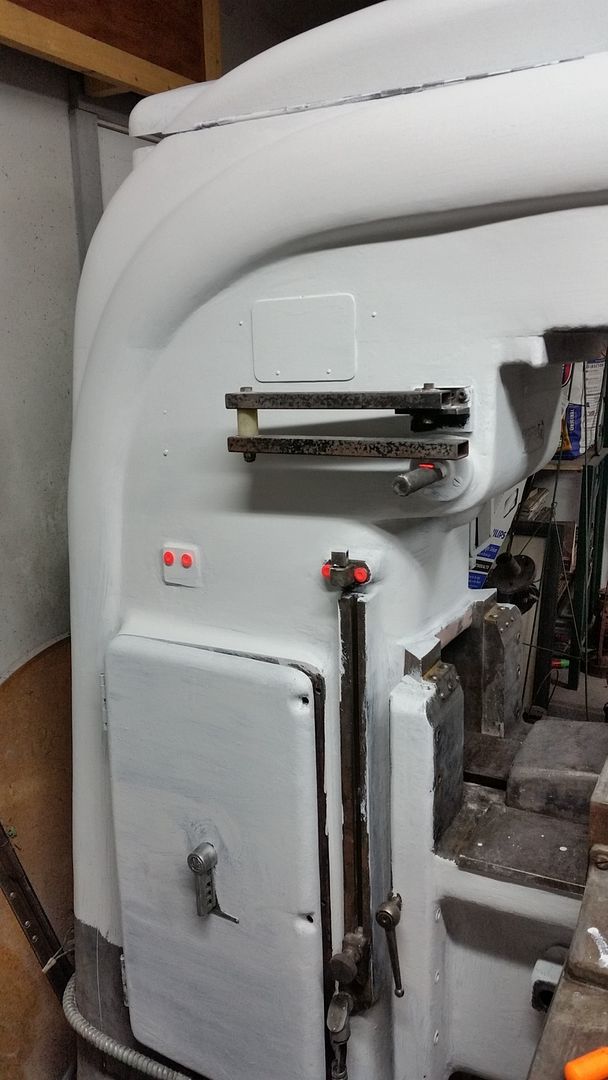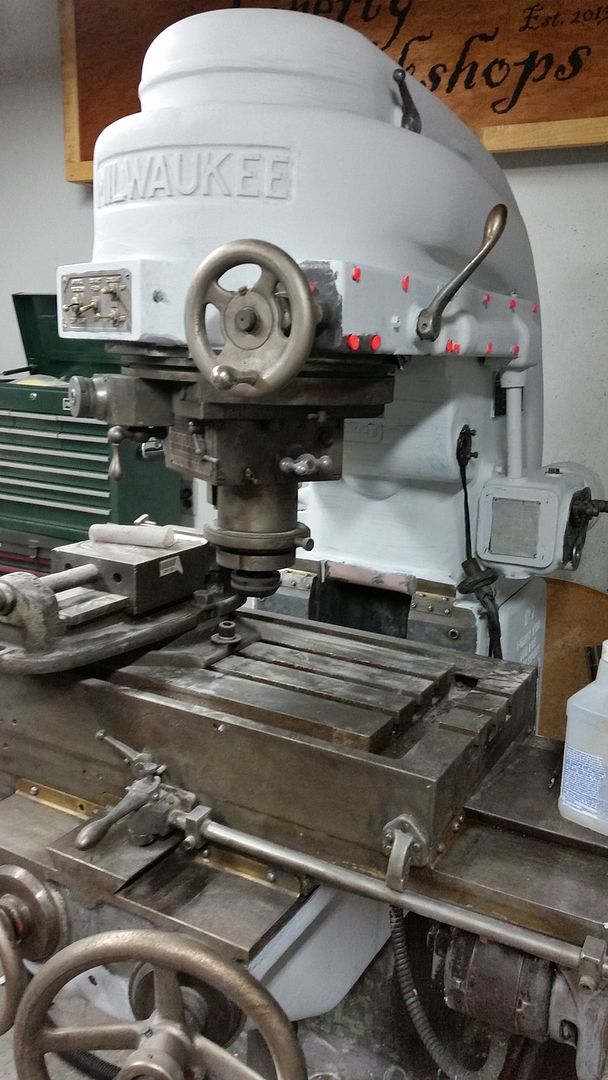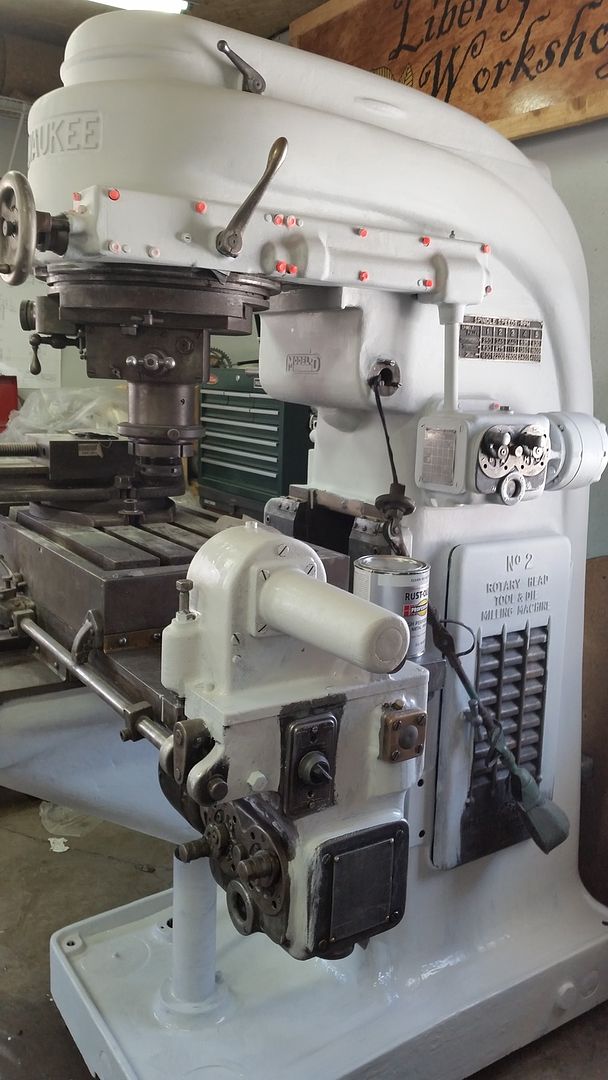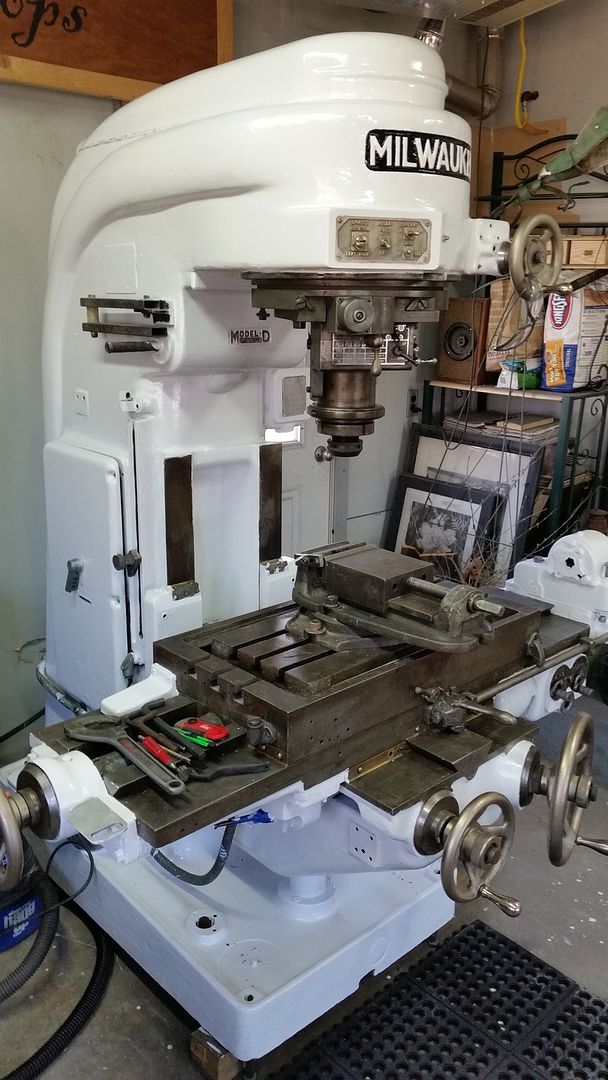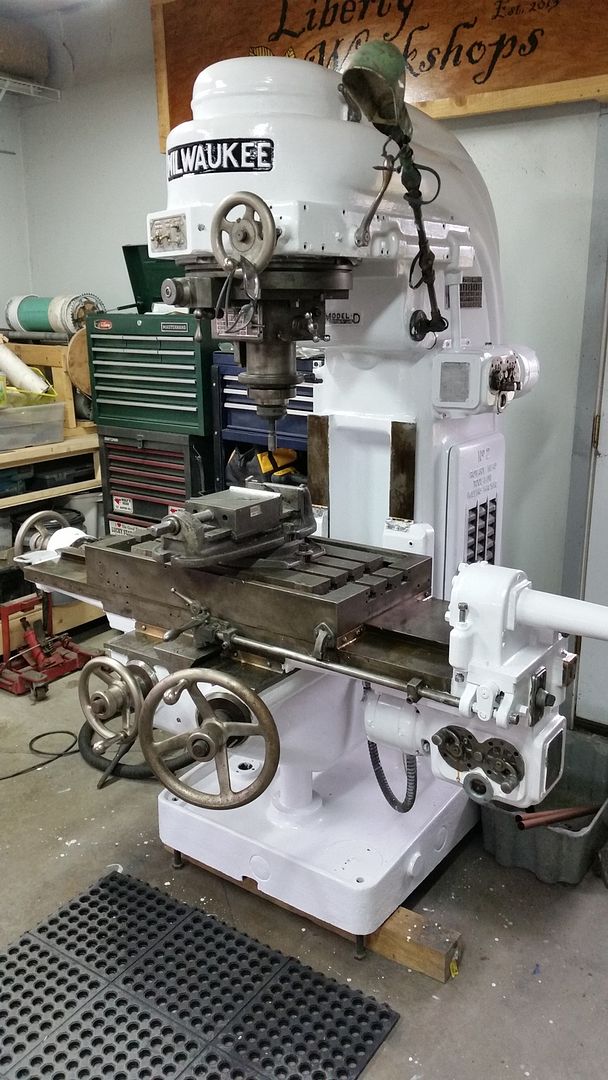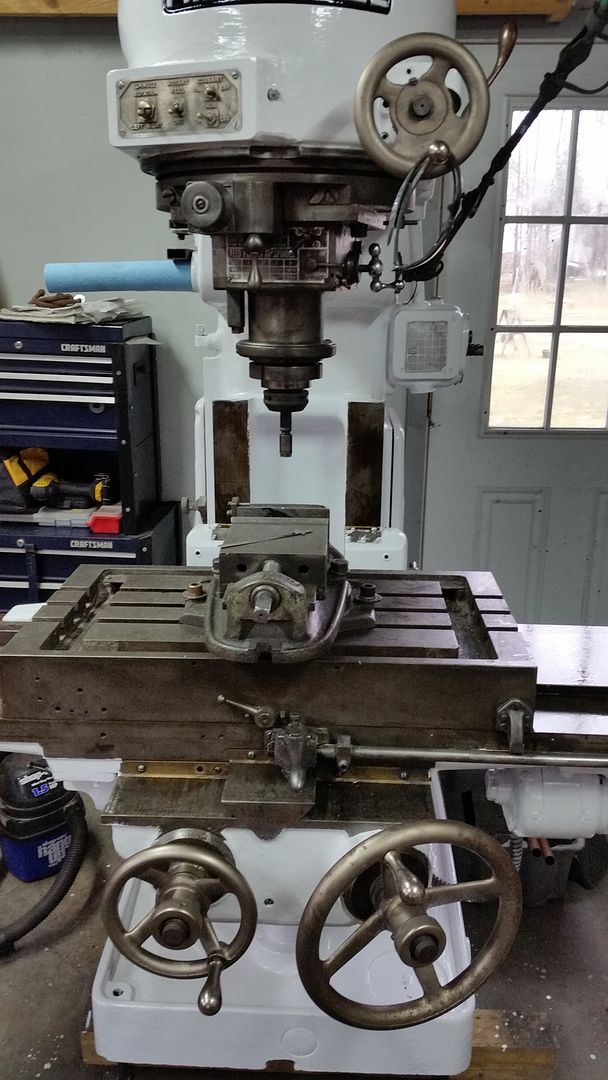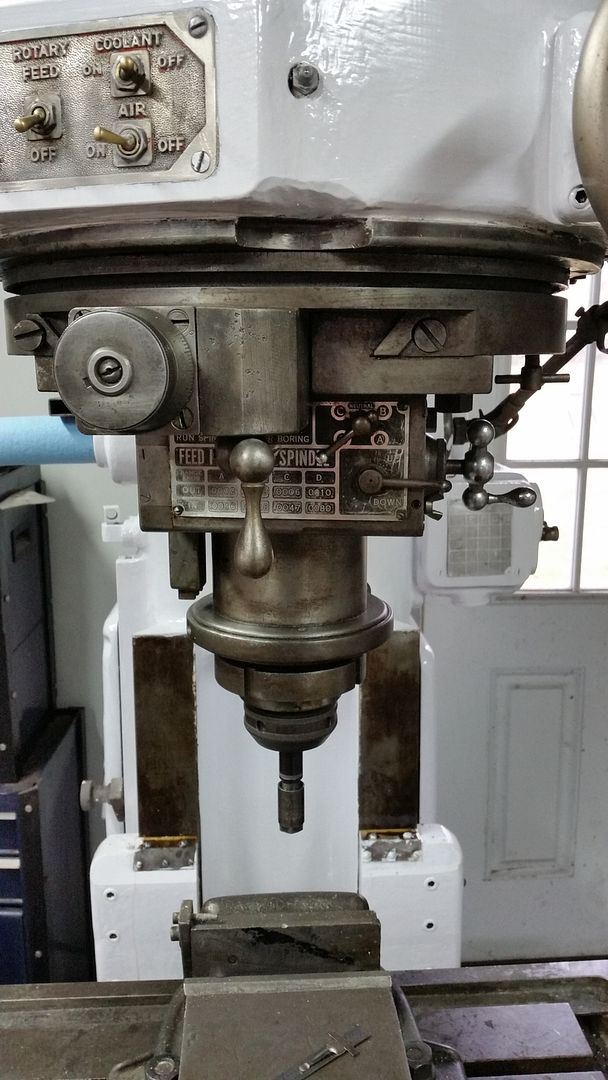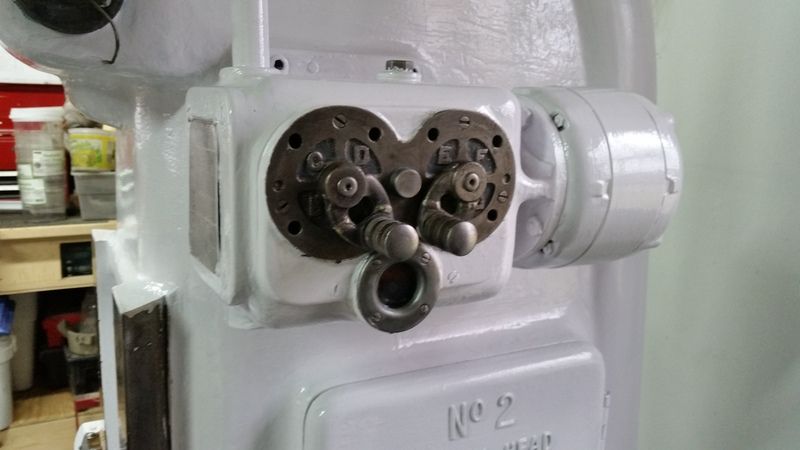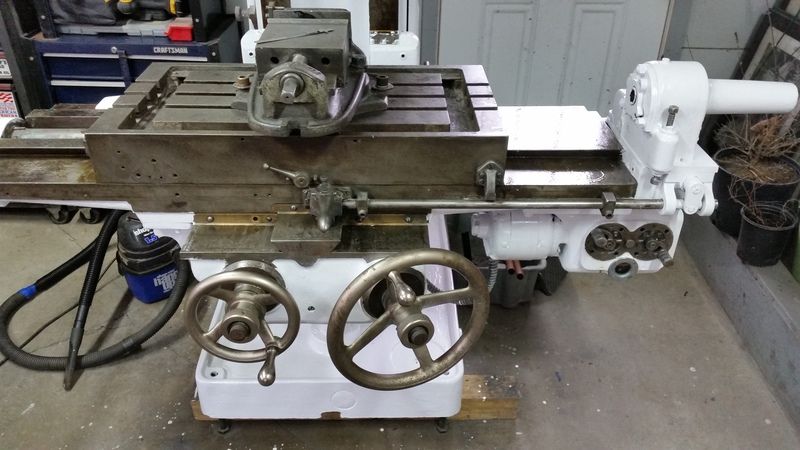Scuffy
Aluminum
- Joined
- Jan 13, 2007
- Location
- Shores of Lake Erie
Several years ago I was given a 2D. Free of charge- if I could move it. Well being the first piece of shop equipment that I was to own I was more than determined to get it home. With the help of members here I put together a RPC and got her up and running. I took the time to knock the minimal rust off and get a temporary, protective coat of paint on it. Annnnnnnd then it sat in the garage at my parents house until I made room in my garage. That, along with pictures, are another thread. But now that I have my machine in MY garage/shop it's time to get a bit more personal with it. Over that past few weeks I have been stripping paint down as far as I can get in prep to repaint the 2D and restore it to it's former glory! No more quick paint jobs. I am going to do this the right way. Now I will admit, sadly, that I do not have the ability to strip it down to bare components and paint each separately... but I am trying to be as thorough as possible and doing this to the best of my abilities. So far it's not looking too damned bad! I can't believe how much paint there was to strip off!!! There is a filler or putty to smooth the casting- dark dark grey, a light blue, a pastel green, dark green, a brick red (paint not primer), cream, yellow on some parts, the thin coat of light grey I added... wow!! I have almost filled two 5 gallon buckets with nothing but paint chips. Admittedly this is a much bigger under taking than I originally thought it would be. Then again, according to my girlfriend... I never do things the easy way. lol
So here are a few pictures to whet your appetites....
This was how I found her, pulled from the back corner of an old hay barn, years of snow and rain taking their toll...
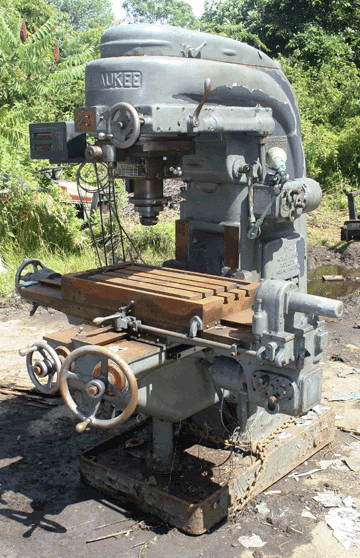
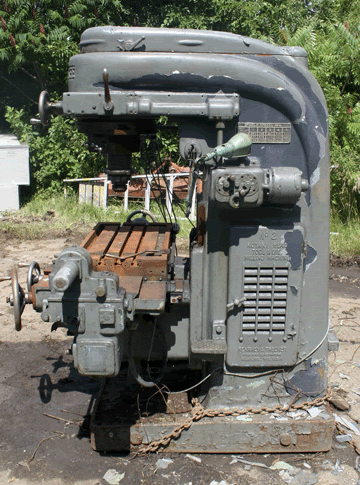
After the move to MY garage...
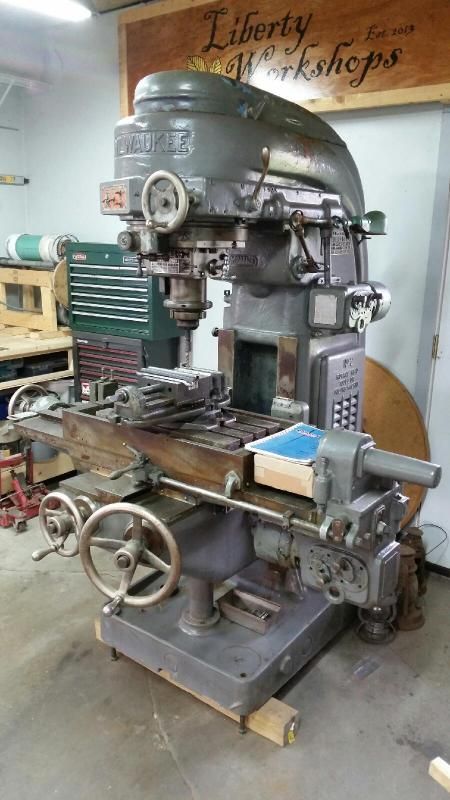
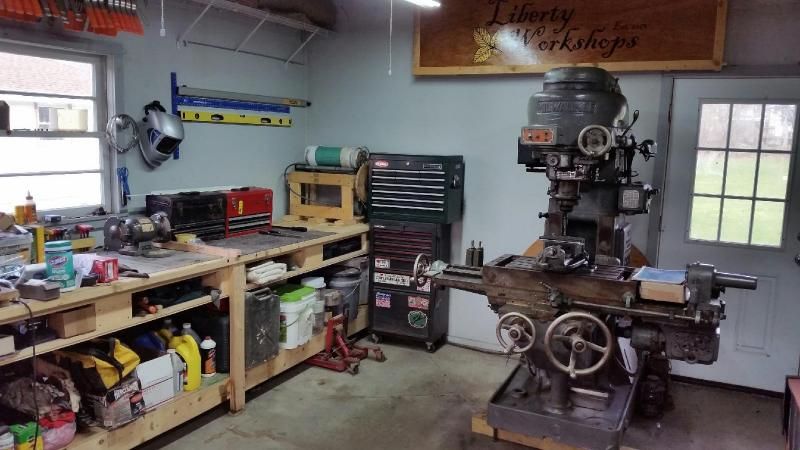
So here are a few pictures to whet your appetites....
This was how I found her, pulled from the back corner of an old hay barn, years of snow and rain taking their toll...


After the move to MY garage...




